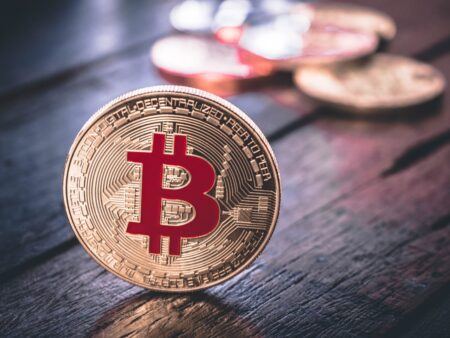In an interview at the annual Singapore Summit, U.S. Commodity Futures Trading Commission (CFTC) Chairman J. Christopher Giancarlo said that:
When it comes to the oversight of cryptocurrencies, regulators need to avoid inhibiting innovation, yet be vigilant against manipulation.
From his perspective, a reason the internet succeeded was because the government was not too heavy handed with its regulatory approach, particularly in its nascent stages. Instead, it took a simple “do-no-harm” approach.
He suggested that the CFTC – which is responsible for crypto regulation in the United States, where cryptocurrencies are classified as commodities – should take the same approach for cryptocurrencies.
Still, Giancarlo himself recognized that a challenge to this approach is the risk of corruption and fraud, which are rampant in the crypto community. He thus emphasized the importance of being “slow and well-informed” while creating regulatory policies for cryptocurrencies.
Giancarlo is a strong believer in the potential of cryptocurrencies. In a written statement to the US Senate Banking Committee, he highlighted the potential of blockchain to:
enhance economic efficiency, mitigate centralized systemic risk, defend against fraudulent activity and improve data quality and governance.
It appears that it is the promise of this frontier technology that encourages him to take a less aggressive approach to its regulation, allowing significant room for innovation and creativity. Advocates of the “do-no-harm” approach cite the unsuccessful New York ‘BitLicense’ which ultimately led to crypto talent leaving the state to seek stats with less regulatory friction.
This should be reassuring for those who worry that over-regulation could hinder cryptocurrency technologies from reaching their full potential.









